Captivate your listeners
When you talk about your research with diverse audiences – such as members of the public, researchers in other fields, or conference attendees – do you observe expressive eyes, affirmative head nods and interested questions? Or is it more like glazed-over eyes, sleepy head nods, and uncomfortable silences at question time?
If your audience seems more captive than captivated when you talk about your research, then your audience is probably not seeing the value of your research, and you may be missing out on opportunities to advance in research. Learning how to become a captivating speaker could help you enhance the impact of your research (e.g., by increasing the likelihood that it will be adopted by other researchers or groups), and could also help you obtain ongoing opportunities in research (e.g., through philanthropic funding, further invitations to speak at conferences, collaborations, grants or jobs).
In this 90-minute training, Prof. Amanda Salis will show you strategies to help you become more captivating when you talk about your research. This comes from her experience of talking with diverse audiences about her research for over 30 years. This includes interviews with local, national and international TV and radio stations, live workshops and Zooms for the general public and researchers about research and research methodology, many of which were booked to capacity, over 75 oral presentations at national and international conferences, as well as helping members of her research team to prepare oral conference presentations, some of which led to best presentation awards.
Training topics
- How to make your oral communication clear by, for example, using words and sentence structures that a wider variety of people can understand, and by saying them in a way that a wider variety of people can understand. This will prevent people from switching off simply because they can’t understand what you’re saying.
- How to make your oral communication engaging by, for example, using examples from your own personal experiences, by talking to the audience as though you were talking to a single person only, and by using expressive (not distracting) words and body language. This includes techniques specific for oral delivery via online video platforms such as Zoom.
- How to apply clear and engaging speech to practical outcomes:
- An elevator pitch (this includes how to structure an elevator pitch).
- An oral conference presentation (this includes how to structure your abstract so that it’s more likely to be selected for an oral rather than a poster presentation in the first place, and how to structure your oral conference presentation so that your listeners can clearly understand your results and how they lead to your conclusion).
Who is this training for?
Anyone from any institution or research field who wants to observe expressive eyes, affirmative head nods and interested questions from listeners when they talk about their research with diverse audiences.
What you need at the training
ESSENTIAL: an account with OhYay (it’s free); a computer (e.g., laptop or desktop) with Internet access.
OPTIONAL BUT RECOMMENDED: Google Chrome; headphones (for a better auditory experience for everyone).

